what is the best way to insulate rim joints in a basement?
- Save
- Like
- Comment(6)
- Share
是EPS或XPS更好地用于地下室边缘搁栅?泡沫板应该用面板还是不面板?
My home in south-central Pennsylavnia was built in 2001. The unfinished basement (walls and floor) surfaces are formed of poured concrete. One side of the basement has full-size regular casement windows, but the bottom of those windows is nearly at-grade. That wall is still full-height poured concrete. The rest of the basement is below-grade.
我们不会很快(也许有一天)在地下室用石膏板砌墙,但我至少要尽快确保边缘连接处绝缘良好。我正在考虑安装泡沫板绝缘与边界喷雾泡沫在每个边缘搁栅(或可能使用纯喷雾泡沫覆盖每个边缘搁栅)。然而,我不能说XPS vs EPS是否会“优越”我们的地下室墙壁和/或边缘托梁。
比起r值或项目成本,我更关心湿度(还有bug,坦白地说,这让人尴尬)。我收集,我总是可以安全地扔一些玻璃纤维batting在边缘托梁,以弥补任何不足的r值实现后使用喷雾泡沫(有或没有泡沫板)建立空气密封。However, despite numeous apparently-professional sources (who don't manufacture XPS) recommending EPS over XPS for use in basement applications, I can't seem to shake the to-me-offputting observation that EPS is more moisture-permeable than XPS.
When insulating rim joists, isn't the supposed superiority of foam board insulation over mere fiberglass batting due to the observation that fiberglass is more moisture-permeable, and therefore more likely to support mold growth on the rim joists? Therefore, by extension, shouldn't one prefer to use XPS--for its lower permeability--versus EPS when insulating rim joists? Wouldn't that logic also translate to selecting a foam board insulation to cover the actual concrete walls of a basement like mine--at least when one considers that my basement concrete has already had many years to dry out (presumably about as much as it's ever going to dry out) following its initial pouring?
Lastly, if I'm going to go out and purchase EPS or XPS boards for installation in my basement rim joists, should I be looking for faced or unfaced foam boards to install there--and which surface of the boards (faced or unfaced) should be installed toward the outside?
Thanks!
















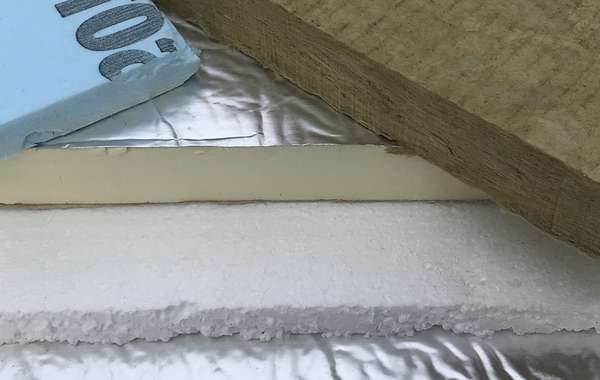
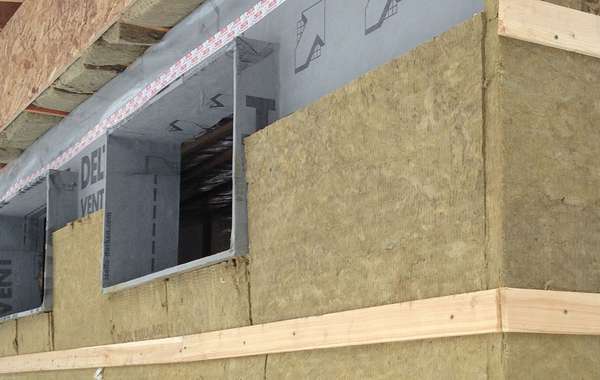
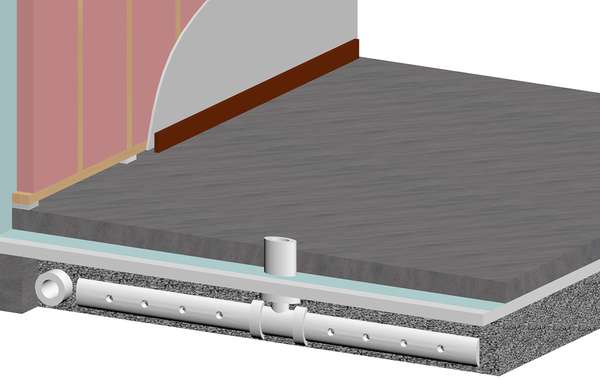
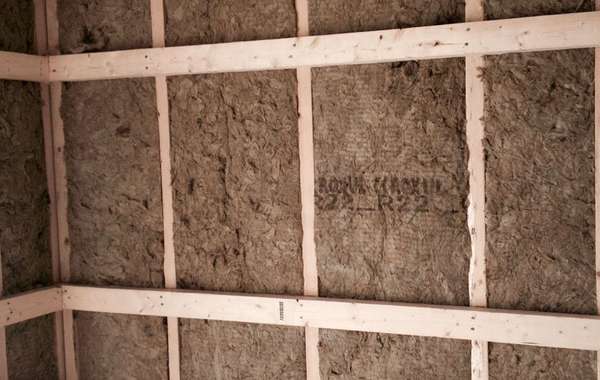
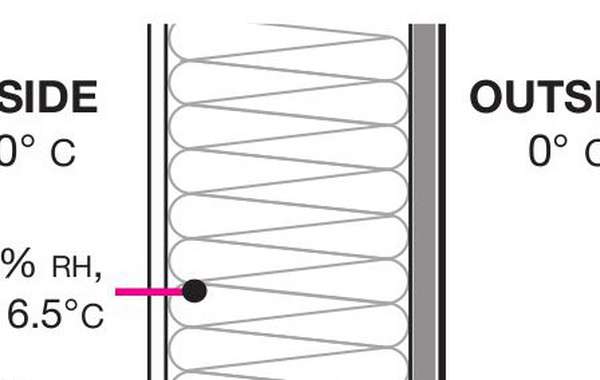
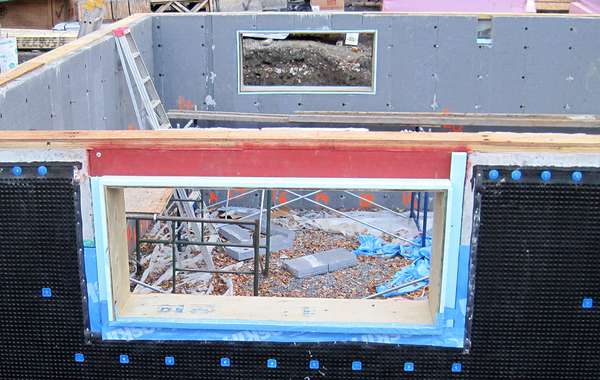
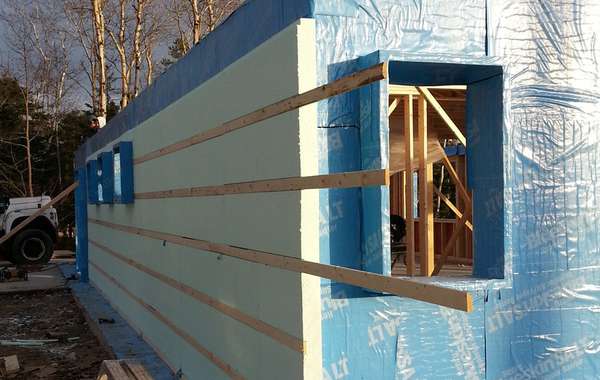
Great that you are thinking this out carefully, but when it comes to thechoice between XPS and EPS , yes there is adifference in permeability,但没有你想的那么多。At 2 inches thick, EPS is about 1 US perm which is the the defining point of being asuitable ‘vapor barrier’ in residential constrution. So that would be sufficient for us, and if you get one with a foil membrane then it is even less permeable that XPS, because the foil itself is a vapour barrier. See this page all about rigid insulation panels -
The difference between Polyiso, EPS & XPS Foam Insulation & Styrofoam
We always choose (and recommend) EPS over XPS due to the fact thatXPS has much higher greenhouse gas emissionsthan EPS. So if you are looking for suggestions we would say go for the EPS, and if you want added protection, source one with a foil backing.
RJ
Refering to the 2nd paragraph - I am being to told that the XPS proposed for the outisde of our 35,000 ft² 3-story multi family building has a GWP comparable to EPS. I am extremely dubious. Is anyone producing XPS blown with HFOs, and if so, what is the availability / cost?
嗨,艾迪,你的怀疑是对的。我们有理由相信,在2020年的某个时候,将会切换到具有更低的全球变暖潜能值(GWP)的HFO发泡剂,但还没有XPS绝缘制造商切换发泡剂。因此,它的立场,任何XPS刚性绝缘板您购买仍然会有影响比EPS差几百倍。
I agree with the reply, I've been doing a retrofit in a basement for over a year now. I started in a concrete crawlspace 4'8" high by 28 feet long by 12 feet wide with a concrete floor. The rim joists were stuffed loose like an afterthought, there black mold on those, no vapor barrier.
我嵌缝边缘搁栅的两端与硅树脂,然后添加3英寸的EPS箔面两面,然后添加另3英寸齐平的混凝土墙的边缘。
On the initial blower door test there was a lot of air coming through the joists and 2nd test nil, fiberglass insulation was also AGAINST concrete wall R12 with a stud wall of 2 by 3 and it also had damp spots and mold, it was useless. I placed 3 inches against that as well using PL300 adhesive and secured it to the concrete with anchors (drilled every 4 feet in centre of 4 foot panel)
I may have to put 2 x 3 studs back and drywall for fire purposes, but I can't get straight answer from anybody on that...it's under 5 feet and so I'm told it's not required, while insurance companies argue it is a conditioned space and is required.
当我到达24 × 24的房间时,我会很高兴,我计划在没有热间歇的情况下连续跑步,在添加1/2英寸的橡胶地板和石膏板之前,也在地板上做5/8。
Overall I'm impressed with product, I don't believe fibreglass or mineral wool belong in a basement unless certain conditions are met, and from what I've seen they never are, sorry, my 2 cents takes a lot of lines, hope this helps.
我们欢迎任何长度的2美分,谢谢你的分享。
I think you may be in the U.S. so I can't speak much to building code requirements there, but in Canada any basement / crawlspace of 4 feet and over has to have insulation covered by drywall for fire purposes. Under 4 feet doesn't.
I would also agree with you that you should meet 'certain' conditions before putting fiberglass or Mineral wool insulation in a basement, proper steps should always be taken. Mineral wool worries me less than fiberglass since it isn't harmed by moisture, but I'd still be managing it properly anyway no matter the type of insulation I use.
I'm wondering though about the 'double foil faced EPS' if that's not actually Polyisocyanurate? That is not as resilient as EPS when met with exposure to moisture or water. There are a lot ofrigid insulation panels, and foil faced rigid insulation boards make a great vapor barrier, it's just worth noting the characteristics of any particular product to make sure you're using it in the right application. Thanks for weighing in Leo.
Thanks Mike for heads up on ceiling height, and I am in Canada.
The insulation looks like foil but is a polymer. This from the company website in Canada "Quik-Therm multi-purpose insulation{MPI} is a continuous rigid foam insulation consisting of closed cell Type 1,Type 2 or Type3 expanded polystyrene {EPS} layered on two sides with durable and flexible polymer facers. MPI meets code compliancy as an air, vapour and/or radon barrier, when connections are foamed or taped. MPI is available in rolls or sheets. Optional T&G connections."